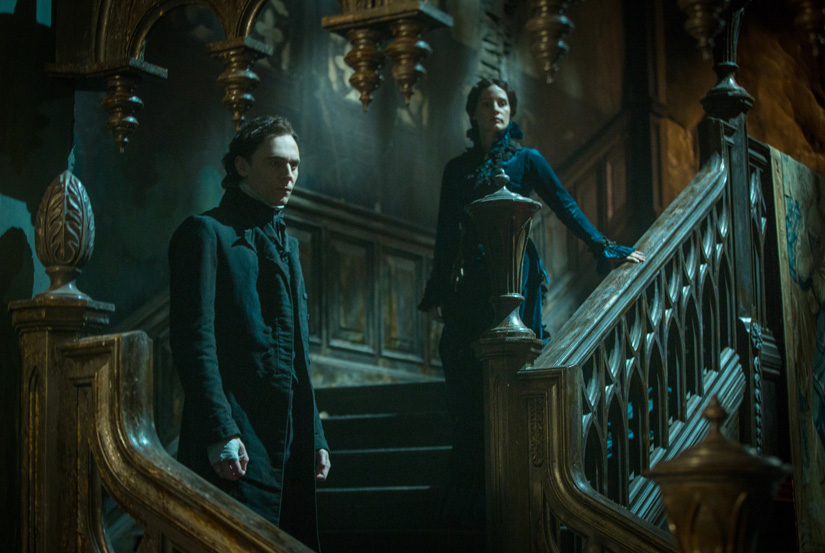
- Fashion
Ghosts, Insects and Vines: Creating The Clothes of Crimson Peak
Look closely. Of course you are either scared out of your wits or enthralled by Guillermo del Toro’s masterful retelling of a classic gothic ghost story, but take a moment and try. Looking closely at the details of Crimson Peak – the nooks and crannies of Allerdale Hall; the vines and insects populating its crumbling expanses; the faded elbows and fraying shoulders of Lucille (Jessica Chastain) and Thomas’s (Tom Hiddleston) clothes – you will discover a typical del Toro twist: a story within the story, told by objects and clothes. Especially clothes. “The big thing I’ve learned with Guillermo is to look at clothes as part of the architecture so that when you get into a close up, the elements of the environment can be translated into clothes”, says costume designer and del Toro collaborator Kate Hawley. “I like to think about clothes as part of the atmosphere.”
Having worked with Peter Jackson in the Hobbit trilogy – shot in her native New Zealand – Hawley was costume designer for del Toro’s Pacific Rim and soon learned to think about her work as an organic part of the filmmaker’s creative process. Colors, textures and materials are as much a part of del Toro’s tales as camera angles, lights and dialogue.
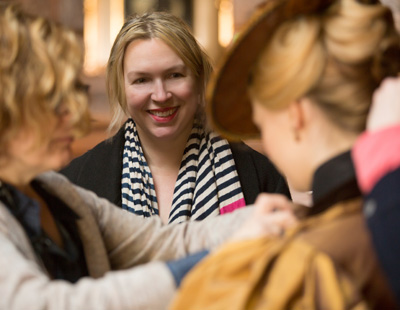
“We talked a lot about who the main characters were, what symbolic elements they represented”, Hawley recalls. Brothers Lucille and Thomas were part of Allerdale themselves, intimately connected to its very foundations and decaying walls, the vines creeping up and reclaiming the mansion, the red clay of its soil. Edith (Mia Wasikowska), the young aspiring author from Buffalo, New York, is the wealth of the New World, the future, the glowing but frail butterfly dazzled by the idea of romance and mystery surrounding the mansion.
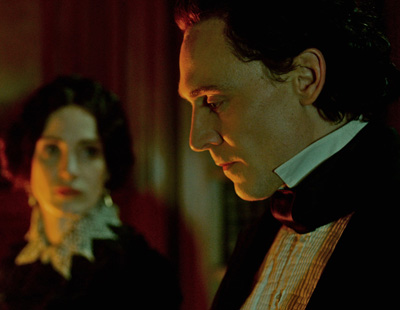
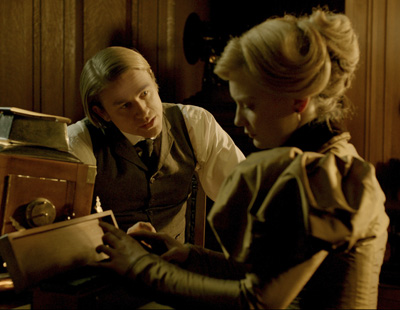
“Lucille is a creature of the house and that presents immediately a stark contrast with the world of Edith, the world of Buffalo”, Hawley explains. “Allerdale is bleak, stark, winter, snow, blues and cyans, a world barren, a world of starvation, of nothing. The world of Buffalo is the opposite – modern, the world where the industrial revolution is in full bloom, a world of prosperity, and Edith personifies that, she is abundance, the cornucopia, wealth, golds, yellows, rich tones. Edith is the Sun and Lucille is the Moon. Edith is the butterfly, the canary in the mine. Lucille is the moth.”
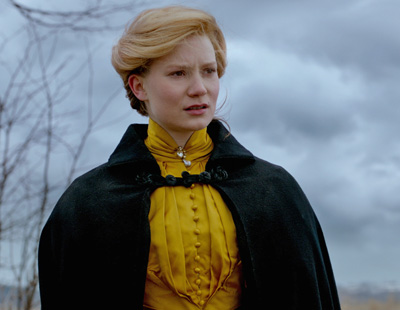
Those ideas inspired Lucille’s dramatic crimson ball gown – an emissary of Crimson Peak in Buffalo, Edith’s bright yellow dress as the new Lady of Allerdale and Thomas’s long, lean, black-on-black silhouette. “He’s the ultimate Romantic hero, as seen through Edith’s eyes”, Hawley says. “He’s the tall dark stranger.”


Embedded in the clothes themselves are pearls of visual information, the result of Hawley’s close collaboration with del Toro. The backs of Lucille’s dresses, for instance, are always a focal point, detailed to resemble the human spine, highlighting her ancestral connection with the house. In Allerdale the siblings are dressed in old fashioned pieces, visibly frayed (“but not as frayed and old fashioned as the ghosts”, Hawley says with a hearty laugh. “The ghosts have their own style, and it’s definitely from a much older time.”)

The very architectural details of the Allerdale set have made their way into the characters’ clothes. “ The house is extremely important,” Hawley says. “ Guillermo was building this magnificent set, and it seemed fitting for this very heightened atmosphere with elements of fairy tale, that we were not just decorating this place with clothes, but creating details with lots of symbolic elements.” Vines and acorns are visibly worked into the pieces – “we wanted to incorporate as much details from the architecture as possible”, Hawley explains. “There’s a line in the script when Lucille says, “nothing grows here anymore”, except for vine that is the only thing that seems to grow there – and it became the focal point for her wardrobe.”
To obtain that result Hawley and her team had to make the bulk of the materials by hand: “We decided that we were going to make lots of things, as many as we could. We were going to make the details, the embellishments, make our own materials. We started looking at Victorian lace, but it didn’t have the weight and the detailing that we needed. We had to make it by hand to have the depth that we needed. We have the vines, the acorns and the arches – that are this beautiful element of the corridors – all expressed in Lucille’s dresses.”
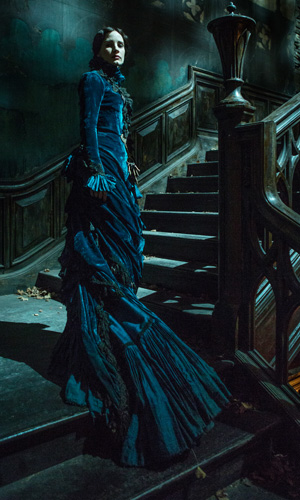
In addition to the handmade lace and embellishments, Hawley’s team pleated by hand several of Edith’s clothes – including the iconic nightgown of the climatic third act. “There was no other way to obtain this mixture of frailty and strength that represents the very soul of the character. The longer Edith stays in the house, the more she fades, and she loses her bright sunny colors and becomes this sort of captive butterfly. But she never loses her inner strength – so her wings, the sleeves of her clothes, are bold, expressive.”
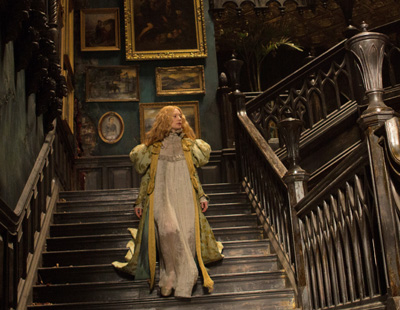
Currently working with director David Ayer in Suicide Squad, Hawley says she hopes for a second Pacific Rim and another collaboration with del Toro. “He’s a friend, a mentor. An inspiration.”
Ana Maria Bahiana